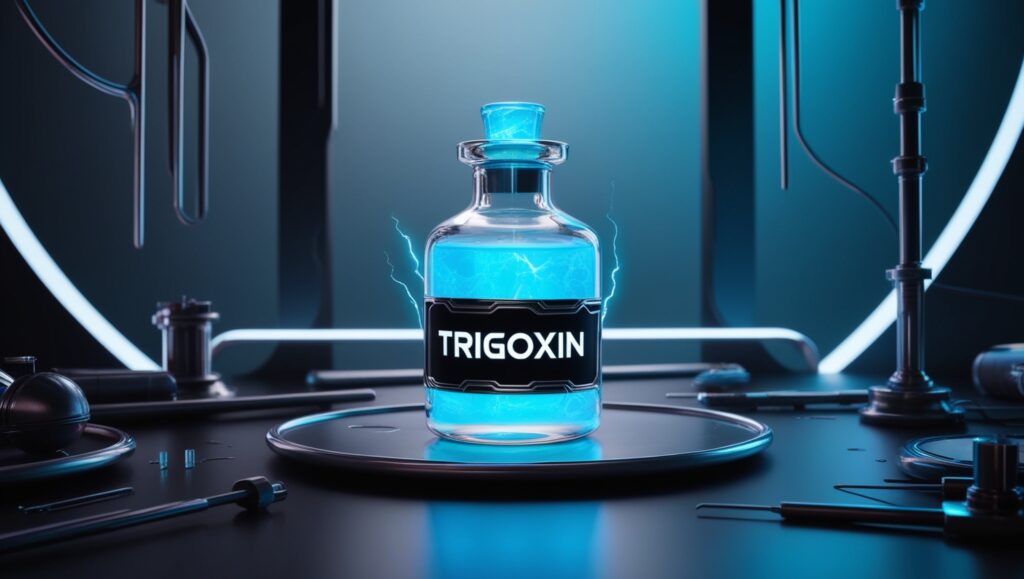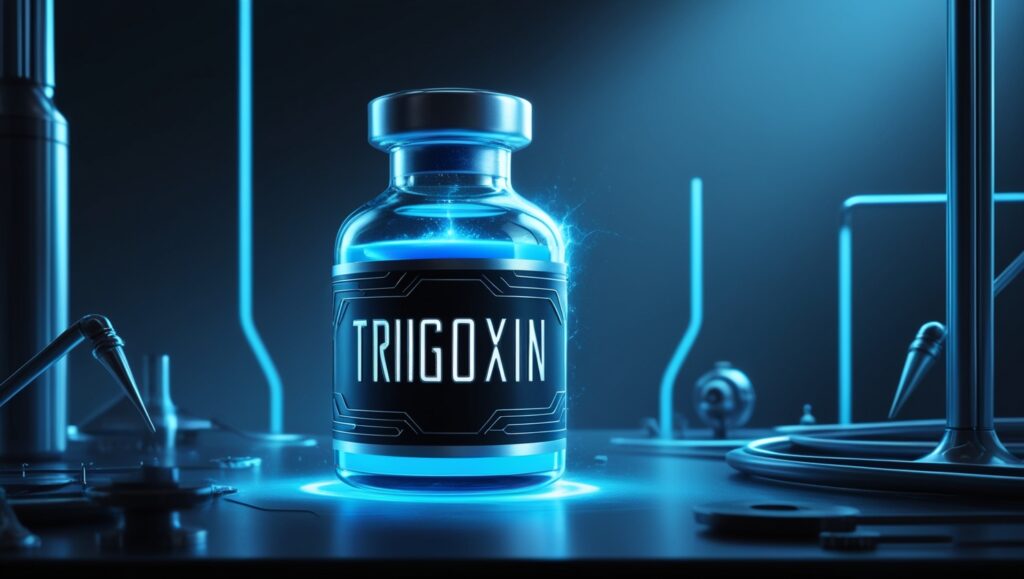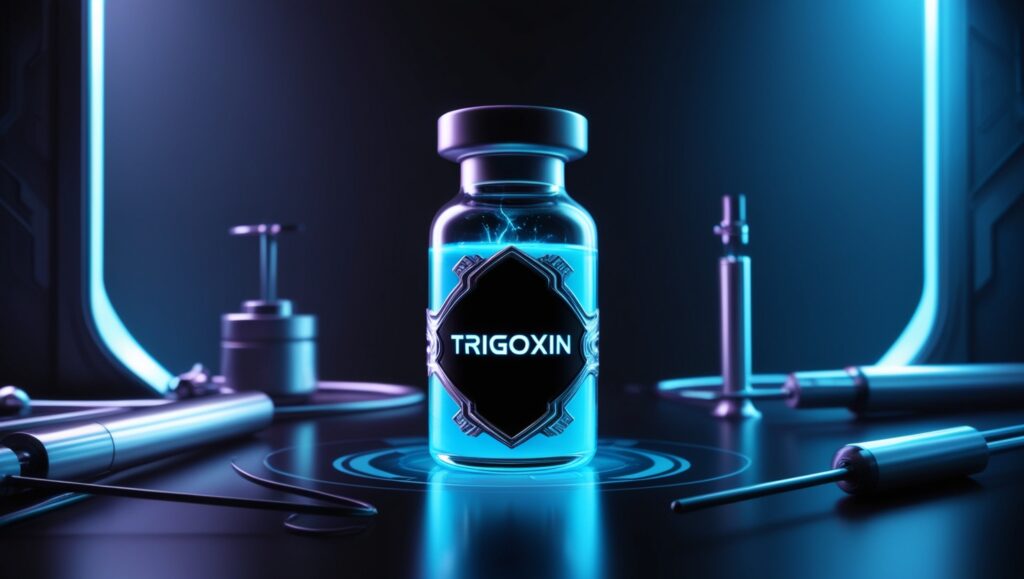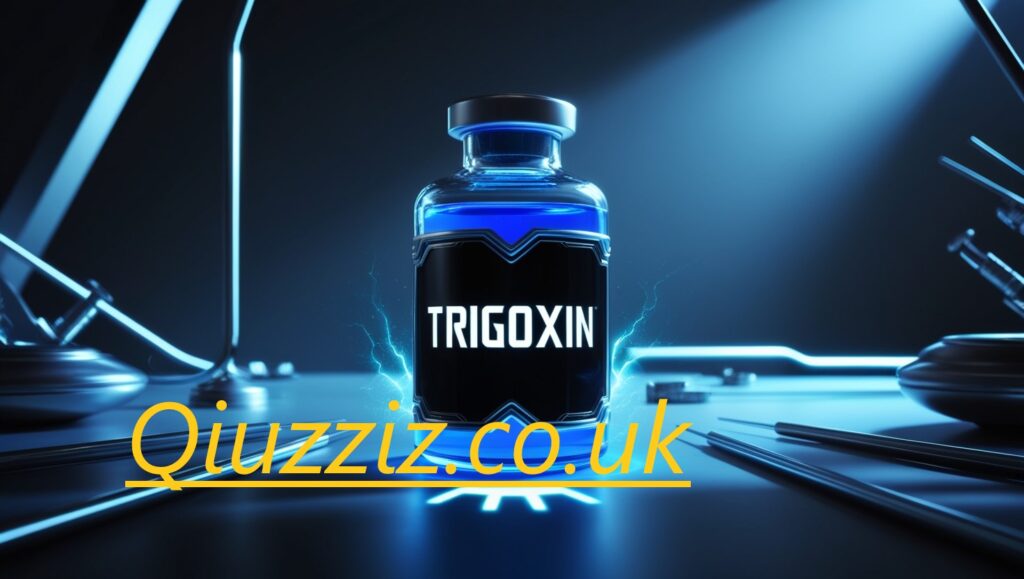Trigoxin is a medication that has gained attention for its role in treating specific heart conditions. In this article, we will delve into Trigoxin, its mechanisms of action, therapeutic applications, potential side effects, and much more. Understanding this drug can provide valuable insights into cardiac health and pharmacotherapy.
What is Trigoxin?
Trigoxin is a glycoside primarily used to treat heart failure and certain arrhythmias. It is closely related to other cardiac glycosides, such as digoxin, but exhibits some unique properties that make it an essential drug in cardiology. Trigoxin affects the sodium-potassium pump in heart cells, leading to an increase in intracellular calcium concentration, subsequently enhancing the heart muscle contractility.
Chemical Composition
The chemical structure of Trigoxin is complex and contributes to its pharmacological properties. As a glycoside, it consists of a sugar moiety bound to a steroid core. This structure is responsible for its ability to interact with specific receptors in the heart, influencing cardiac function.
Mechanism of Action
Trigoxin’s primary mechanism of action revolves around its ability to inhibit the Na+/K+ ATPase enzyme. By blocking this enzyme, Trigoxin increases sodium levels within the cell. As sodium accumulates, it affects the sodium-calcium exchange mechanism, increasing intracellular calcium. Elevated calcium levels enhance myocardial contractility, improve cardiac output, and relieve symptoms in patients with heart failure.

Therapeutic Applications
Heart failure is a condition where the heart cannot pump blood effectively, leading to a variety of symptoms such as shortness of breath, fatigue, and fluid retention. Trigoxin has been shown to improve symptoms and quality of life in patients with heart failure, particularly those with reduced ejection fraction.
Atrial Fibrillation Control
Atrial fibrillation (AF) is a common arrhythmia characterized by irregular and often rapid heart rate. Trigoxin can help control the ventricular rate in patients with AF, providing a more regular rhythm and improving hemodynamic stability.
Other Potential Uses
Research into other potential applications of Trigoxin, including its use in specific cardiomyopathies and as an adjunct therapy in post-myocardial infarction patients, is ongoing.
Dosage and Administration
The dosing of Trigoxin varies depending on the condition being treated and the patient’s age, weight, and kidney function. It is typically administered orally, and healthcare providers closely monitor serum levels to avoid toxicity.
Initial Dosing
The initial dose is usually lower in patients with heart failure to minimize the risk of side effects. After assessing the patient’s response and serum levels, the dose may be adjusted to achieve the desired therapeutic effect.
Maintenance Dosing
Once stabilized, patients often transition to a maintenance dose. Regular follow-up is essential to monitor efficacy and adverse reactions and ensure optimal management of the patient’s condition.
Side Effects and Risks
While Trigoxin is beneficial for many patients, it is not without risks. Common side effects include:
Gastrointestinal Issues
Many patients report gastrointestinal disturbances such as nausea, vomiting, and diarrhea. These symptoms can sometimes lead to discontinuation of the medication.
Cardiac Arrhythmias
Due to its effects on cardiac conduction, Trigoxin can sometimes provoke arrhythmias, especially in cases of toxicity. Regular monitoring is crucial to prevent and manage these potential complications.Trigoxin: An In-Depth Exploration
Patients on Trigoxin should be educated about these signs, and serum levels should be regularly monitored.

Interactions with Other Medications
Trigoxin can interact with a variety of other medications, potentially leading to increased toxicity or diminished efficacy. Some fundamental interactions include:
Diuretics
When combined with diuretics, there is a risk of electrolyte imbalances, particularly hypokalemia, which can increase the likelihood of Trigoxin toxicity. Monitoring potassium levels is essential in patients taking both medications.
Antidysrhythmic Drugs
Certain antidysrhythmic drugs may exacerbate the effects of Trigoxin, leading to an increased risk of arrhythmias. Healthcare providers must carefully evaluate a patient’s medication regimen when prescribing Trigoxin.
Antibiotics
Some antibiotics can alter Trigoxin metabolism, affecting serum levels and potentially leading to toxicity. Healthcare providers need to review a patient’s complete medication history.
Patient Monitoring and Follow-Up
Regular monitoring is vital for patients taking Trigoxin. Healthcare providers should:
Assess Clinical Response
Regular evaluations of the patient’s symptoms, functional status, and quality of life are necessary to determine the effectiveness of the treatment.
Monitor Serum Levels
Routine checks of serum Trigoxin levels help prevent toxicity. Most guidelines recommend measuring levels at baseline and periodically after that, particularly after dose adjustments or changes in renal function.

Evaluate Electrolyte Status
Monitoring electrolytes, especially potassium, is crucial to minimize the risk of arrhythmias and toxicity.
Conclusion
Trigoxin plays a significant role in managing heart failure and certain arrhythmias. Understanding its mechanisms of action, therapeutic uses, and potential side effects can help healthcare providers optimize treatment for their patients. Given its narrow therapeutic window, careful monitoring and individualized dosing are essential for safe and effective use.
FAQs
What is Trigoxin used for?
Trigoxin is primarily used to treat heart failure and control the heart rate in patients with atrial fibrillation.
How does Trigoxin work?
Trigoxin works by inhibiting the Na+/K+ ATPase enzyme, increasing intracellular calcium, and enhancing cardiac contractility.
What are the common side effects of Trigoxin?
Common side effects include gastrointestinal disturbances, cardiac arrhythmias, and symptoms of toxicity like visual changes and confusion.
How is Trigoxin administered?
Trigoxin is typically administered orally, and dosing is tailored based on the patient’s needs and response to therapy.
What should be monitored while on Trigoxin?
To prevent toxicity and ensure efficacy, patients on Trigoxin should regularly have their serum levels, electrolyte status, and clinical symptoms observed.
By understanding Trigoxin’s role in cardiac care, patients and healthcare providers can work together to manage heart conditions more effectively and safely.


